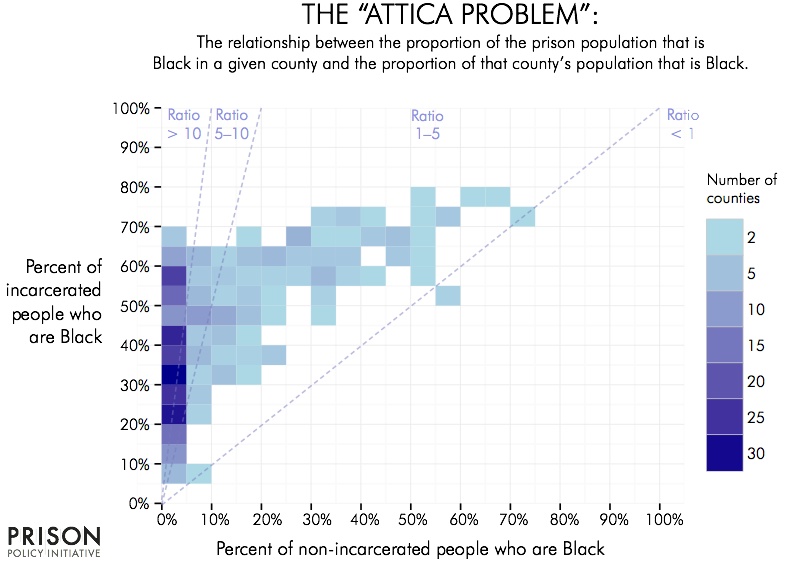
Particularly, when talking about countries that are former colonies, this issue should be highlighted since jurisdiction, political, social and economic organization were often established by the metropolis and have remained a colonial heritage ever since. That is, justice is not without an ideological context. Is It Possible to Analyze Mass Incarceration without an Intersectional Perspective?Ĥ When examining the role of justice and law in the production and reproduction of inequalities in society, it is important to emphasize that the whole legal framework is placed within a cultural context. Using texts on black feminism as a theoretical basis, such as “Ain’t I a Woman?” by bell hooks, and intersectional feminism, such as “Can the Subaltern Speak?” by Gayatri Spivak, and “Demarginalizing the Intersection of Race and Class” by Kimberlé Crenshaw, the main argument is that the perspective of intersectionality allows us to overcome the descriptive and watertight analysis of the factors involved in crimes committed by women and their consequent imprisonment, clarifying how the penal system can incorporate and perpetuate naturalized forms of control of female bodies and social injustice. Therefore, the present work aims to give more visibility to a topic that has been relegated to the sidelines of the mainstream feminist agenda.


The profile of these women shows that they are single mothers from 18 to 33 years of age, racially recognized as black or brown, not having completed an elementary school education, and answering to charges of drug trafficking (caught with a small amount of drugs). The feminization of poverty, along with racial and gender discrimination and drug war policy can be seen as interlinked, which together results in the selective incarceration of women. To do so, I will use some socio-demographic data from the prison population in Brazil. Since the early 2000s, the female prison population has been growing at an alarming rate.ģ This paper aims to analyze the criminalization of women from an intersectional perspective, highlighting the relationship between gender, class, poverty and race. If the perspective focuses on gender, an even more curious statistic arises: between 20, there was a 567% increase in female incarceration, surpassing the rate of men, which was 220%. The Brazilian justice system seems to make clear what some might try to hide under the veiled racism of the population. However, there is a large discrepancy across states and, above all, with respect to race. Although the subject of the abolition of the death penalty (Gilmore, 2007) is extremely complex, its underlying effectiveness seems equally debatable: is the prison a place to carry out punishment or rather an intensive training ground for crime?Ģ In Brazil, for every 100,000 inhabitants, 335 are arrested, which makes it one of the countries with the highest arrest rate in the world – 26th in a ranking of 222 countries (World Prison Brief, 2015). For many, arrest seems to be an almost inevitable result of social life – or perhaps the organization of it.


For heinous crimes, there are still some countries in which the death penalty 1 is also an option. 1 Despite the fact that since 1977 the number of countries that have abolished the death penalty has (.)ġ In nearly all parts of the world, when one breaks the law, the penalty for a serious infraction is imprisonment.* This paper is based on the final work submitted for the course entitled “Issues on Political Sociol (.).


 0 kommentar(er)
0 kommentar(er)
